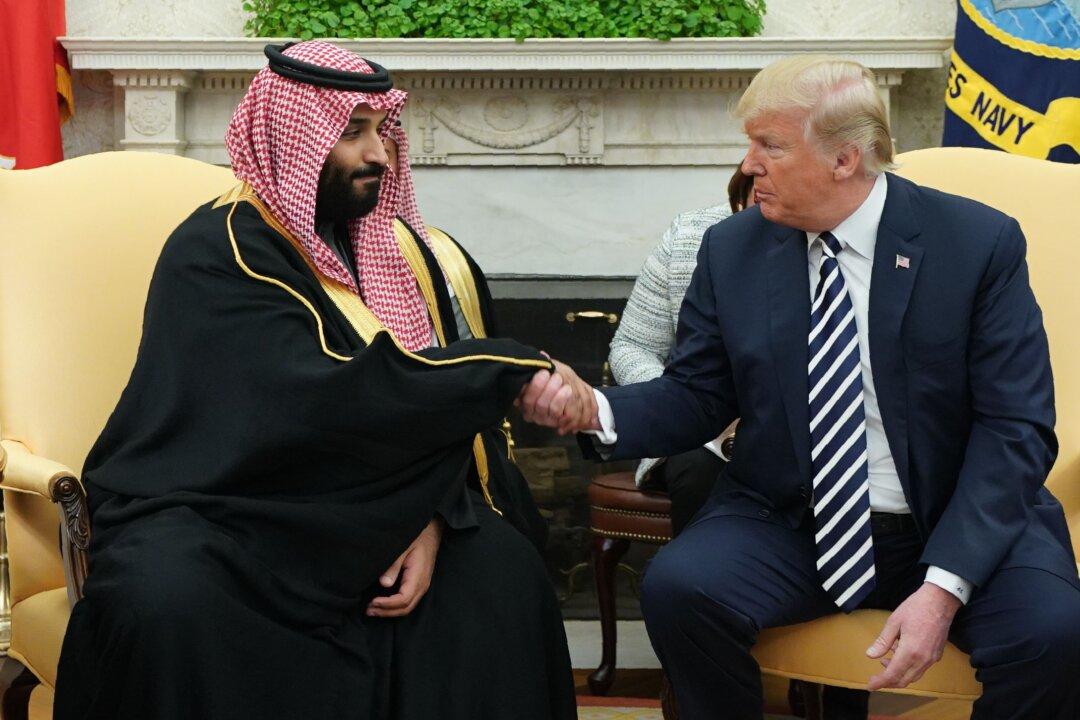President Donald Trump has thanked the Kingdom of Saudi Arabia for helping to lower oil prices, but, in the same breath, expressed a desire for a further decrease.
“Oil prices getting lower. Great! Like a big Tax Cut for America and the World. Enjoy! $54, was just $82. Thank you to Saudi Arabia, but let’s go lower!” Trump said in a Nov. 21 tweet.





